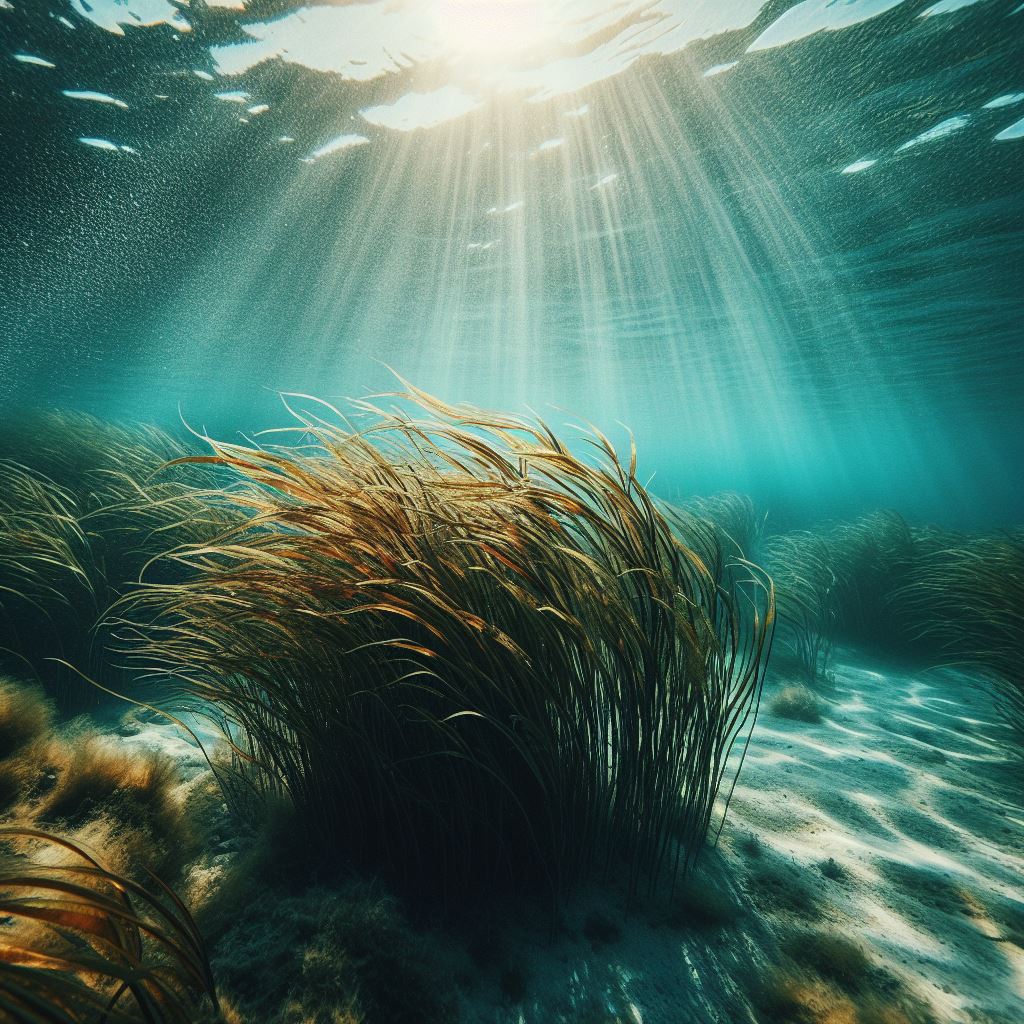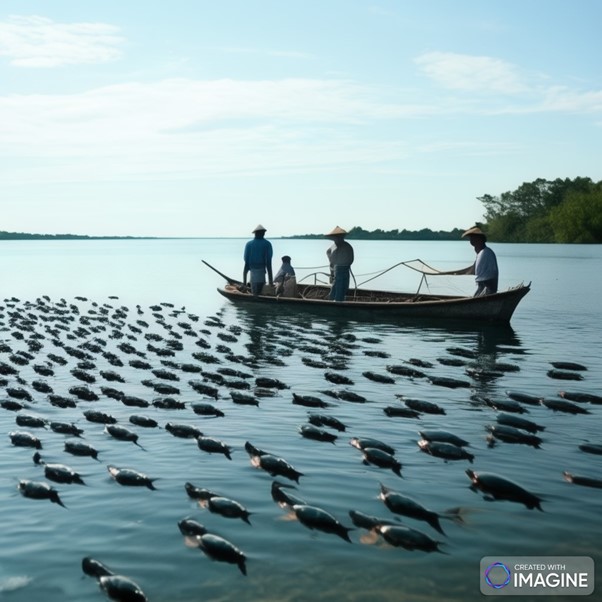By: Mohd Hairul Mohd Salleh; Yuzine Esa; Mohamad Syazwan Ngalimat et al.
Article Prepared By: Farah Izana Abdullah
A team from the Turtle Conservation Society of Malaysia led by Mohd Salleh (2022) reported in ‘Faecal DNA metabarcoding reveals novel bacterial community patterns of critically endangered Southern River Terrapin, Batagur affinis’ that the Southern River Terrapin, Batagur affinis, has been listed as critically endangered on the IUCN Red List since 2000 (IUCN, 2001).
This study aimed to characterise and compare the faecal bacterial community between captive and wild B. affinis using metabarcoding approaches.It was determined that most captive B.Affinis faeces samples showed similar bacterial communities present. The wild B. affinis commonly consumes fish and small invertebrates that are detected to hold a high concentration of Fusobacteria.
B. affinis samples have different bacterial communities with more significant intra-group variance.
The authors propose the application of some pharmaceuticals for disease treatments and combat any potential opportunistic bacterial related infections. The prevalence of the bacteria was influenced by the host diet.
A total of seven faeces samples were collected from captive and wild adult B. affinis aseptically, crossing the East and West coast of peninsular Malaysia. DNA was extracted from the samples, and the 16S rRNA gene was amplified using polymerase chain reaction. Some of their conclusions may provide a counterpoint to earlier work in this area: “Although Parabacteroides is commonly associated with the gastrointestinal tract of animals, Parabacteroides have also been suggested as commensal bacteria. However, some studies have reported that Parabacteroides can be identified as pathogens,” Salleh claimed. The authors argue that a research gap that is still required would be on harmful microorganisms such as viruses, bacteria, parasites, and fungus that has not yet been investigated on the subject matter. Future research could look into the impact of the dominant phylum and genus on the health and productivity of B. affinis.
Web: DOI 10.7717/peerj.12970

Date of Input: 20/02/2023 | Updated: 29/03/2023 | s_humaira
MEDIA SHARING





























